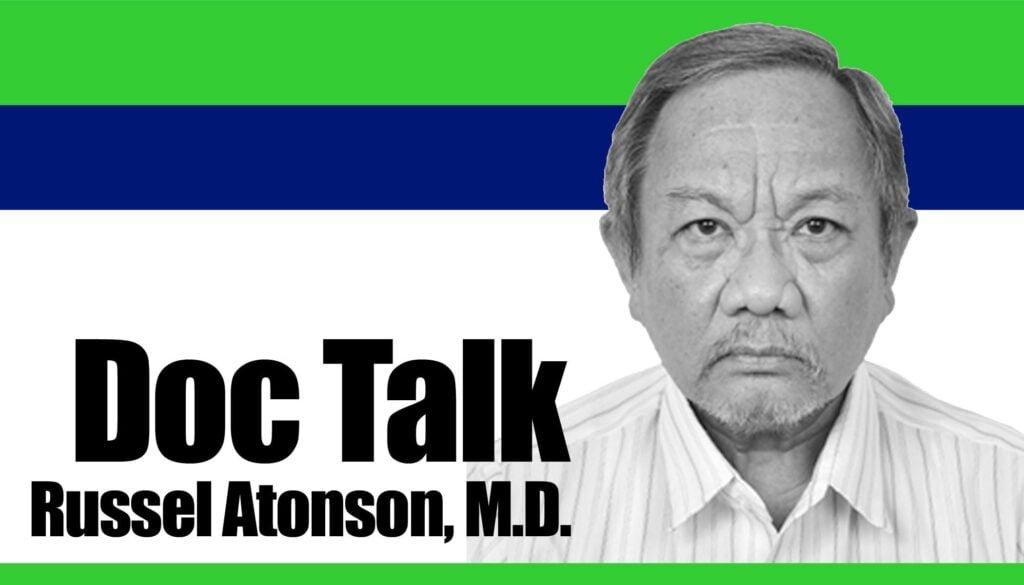Editor’s Note: Dr. Russel Atonson is a family medicine specialist, who has been active in NGO community work. He has served with overseas NGOs organizing and implementing medical programs in Indonesia, Myanmar, Papua New Guinea, Uganda, Sudan and Somalia.

Since COVID-19 debuted as a pandemic, our lives have been a series of scares, panic and depression due to the fact that we don’t know yet everything about the disease.
Even then, our lives have been impacted in many ways — how we move, relate, and set priorities. Our behavior has been dictated largely by health protocols, which have been based mostly on age, population density, vulnerability of specific population groups and, among others, by co-morbidities.
Co-morbidities at disease conditions that exist in a person, such as chronic diseases, genetic abnormalities and even environmental factors that makes the person vulnerable to other infections, including COVID-19.
Well-known co-morbidities include cancer, diseases of the kidneys, the heart, the lungs and the brain. Specific diseases include diabetes, strokes, kidney failure, high blood pressure, cancers, tuberculosis, chronic obstructive pulmonary disease, asthma, emphysema, chronic bronchitis, bronchiectasis and many others.
COVID-19 is an acute, severe respiratory disease that attacks initially and is transmitted by respiratory droplets that gain entry through the mucous membranes of the mouth, the nose, the eyes, hence the health protocols of social distancing, face mask and face shields.
Co-morbidity, aside from old age, is an important factor in the formulation of health protocols restricting the movement of seniors and those with co-morbidities. Among the co-morbid lung conditions that make people extremely vulnerable to COVID-19 are chronic bronchitis, emphysema, bronchiectasis, cancer of the lungs and chronic obstructive pulmonary disease. Nine out of 10 people suffering from COPD are chronic smokers.
Due to the effect of cigarette smoke, which, aside from nicotine, carries more than 20 other toxic substances, destroys the normal defense mechanisms of the respiratory system and reduces the air that gets into the lungs to meet the oxygen needs of the body. Thus, when the COVID-19 virus overwhelms the respiratory system, it produces pneumonia with its classic “broken glass” X-ray picture. This is the condition that creates extreme respiratory distress and failure leading to eventual death if left untreated on time.
Avoiding the predisposing factors to the development of diseases of the lungs include stopping cigarette smoking (it takes 15 years for the lungs to recover from the effects of cigarette smoking), exposure to toxic chemicals and pesticides, wearing of masks when working with cement, silica, asbestos, avoiding air pollutants, avoiding inhalation of industrial smoke and even smoke from cooking fires will help reduce one’s susceptability and mortality to COVID-19 and other respiratory diseases.
At present, there is no specific treatment for COVID-19 yet and vaccines are still in trial stages around the world. To reduce our vulnerability, it is advisable to follow prudent health protocols, have a faithful and aggressive treatment of co-morbidities, and pray for wisdom for our country’s and the world’s decision makers, and protection for our families, our communities and ourselves.




